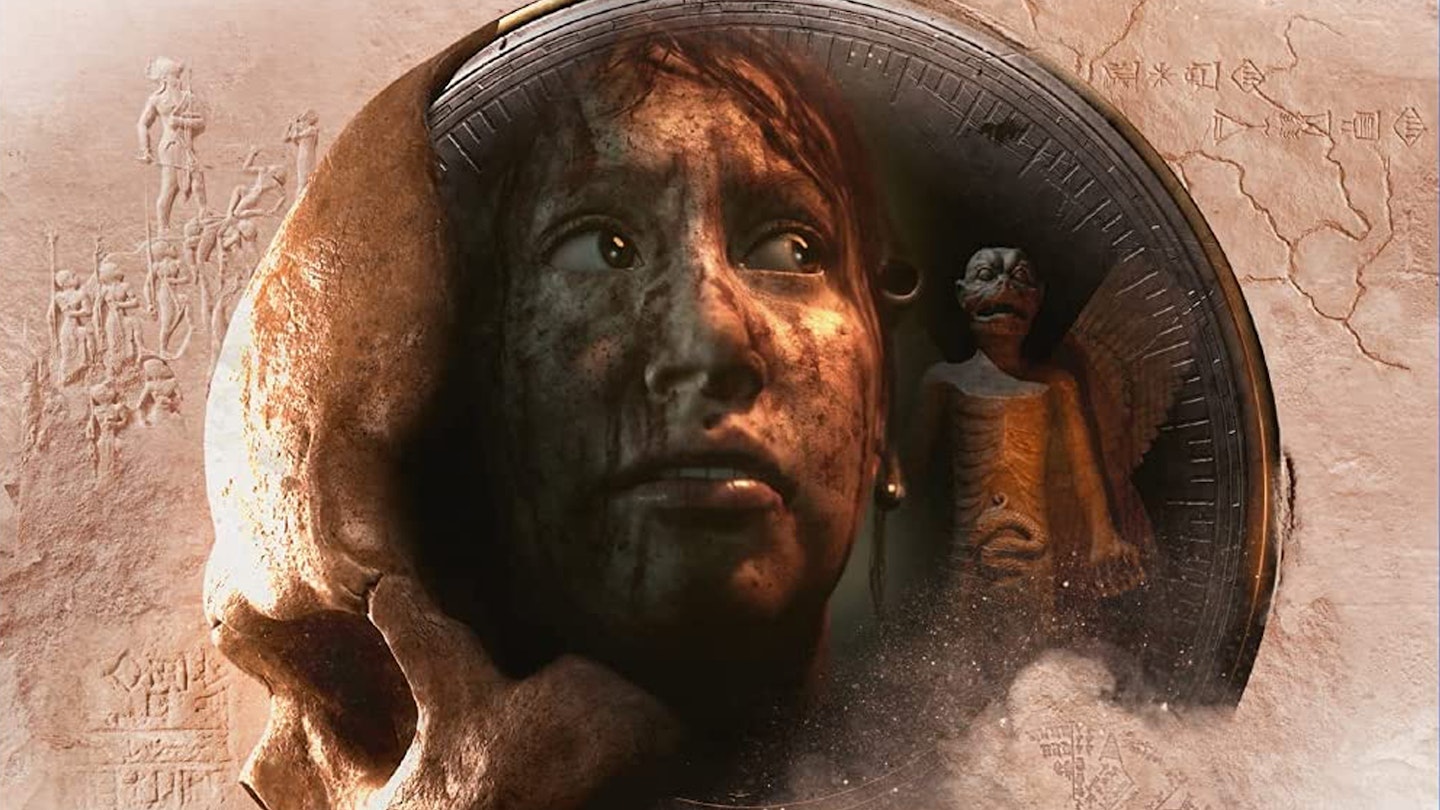Platforms: PS5, PS4, Xbox Series X|S, Xbox One, PC
The Dark Pictures series returns to bring players their latest annual appointment with horror, this time pairing ancient Sumerian and Mesopotamian mythology with subterranean claustrophobia in the vein of Neil Marshall's The Descent. However, where previous entries Man Of Medan and Little Hope dealt with the cinematic tropes of 'sexy teens on holiday' and 'haunted village' for their starting points, House Of Ashes opts for a slice of political commentary, kicking off in the midst of the Iraq War in 2003.
As ever for the Anthology, House Of Ashes focuses on five core characters – including CIA operative Rachel (Ashley Tisdale), her estranged husband Eric (Alex Gravenstein), and marines Jason (Paul Zinno) and Nick (Moe Jeudy-Lamour). Thankfully, developer Supermassive Games is wise enough not to make this a flag-waving jarhead flick centred on flawless American superheroes, with Iraqi soldier Salim (Nick Tarabay) rounding out the cast.

A search for Saddam Hussein's (non-existent) WMDs kicks things off in militaristic fashion, until a seismic event throws the key players into the depths of the Earth. Finding themselves separated and trapped in the buried ruins of a long-forgotten temple, the disparate group tries to reach the surface again – but something unspeakably old and unbearably hungry lingers in the depths, hunting them.
Most of the scares here come from the setting, with the dank oppression of closing-in walls and an often tightly-fixed camera making players feel even more restricted – an animal caught in a trap. It's made all the more unsettling by the sense of deep time, of unearthing millennia-old threats best left buried, of trespassing on something already profane. Although most of the scream-out-loud moments come from jump scares, there's a persistent uneasiness that permeates the whole game that's perfect for a Halloween release.
While fully playable solo, _House Of Ashes_ really comes alive as a shared experience.
Like its predecessors, House Of Ashes is essentially an interactive drama, with gameplay coming down to making key decisions that can ripple through the game, and quick-time events that test reflexes, where success or failure can have similarly long-lasting ramifications. However, decisions are never clear right-or-wrong binaries, and the reactions of other characters are often not what one might expect. Supermassive's creators also prove themselves masters of player manipulation, sometimes prompting players to take actions that are best avoided, twisting the Pavlovian responses likely hinged on dozens of other games.
It also sees a welcome return of the series' multiple play modes. While fully playable solo, House Of Ashes really comes alive as a shared experience. While it can be played online, the pinnacle of this is Movie Night mode, where the controller is passed between players in the same room. It's a great social experience, with the pivotal decisions and QTEs spiralling in vastly different directions depending on each person's actions.
Completing the story once in any form also unlocks the "Curator's Cut", a version with new scenes and choices inserted by the mysterious Curator, the omniscient Rod Serling-type figure of the Dark Pictures Anthology. It's worth playing through each version at least once, as key information and unique perspectives are revealed in the latter mode.

House Of Ashes isn't just more of the same, though. Beyond a very welcome leap to PS5 (version reviewed) and Xbox Series X that bring the buried horrors to even starker reality, there are some welcome improvements including an array of difficulty options – which might add more varied button prompts to QTEs or reduce the time window for reactions – and a few nods to more action-oriented games, with brief moments of shooting or melee attacks woven perfectly into the QTE fabric.
The biggest problem with House Of Ashes, though, is pacing – both narrative and mechanical. Some of the story beats drag, particularly during the first act, making replays somewhat tedious. That in itself wouldn't be so much of a problem if the actual movement speed of characters wasn't so ponderously slow. Sometimes that's appropriate – creeping down the tight corridors of the catacombs, lit only by the dim flame of a lighter, you wouldn't want to barrel headlong into the unknown. At other times though, particularly exploration or light puzzle solving sequences in more open areas, the inability to move at anything beyond a snail's pace feels like padding. The modelling for Tisdale's character often distracts too, falling into the uncanny valley with eyes that never look right.
While the changes made for House Of Ashes are little more than tweaking an existing recipe, the final product is that much better for it. This offers up the most engaging story in the Dark Pictures Anthology so far, and centres it on some of its best and most complex characters. If, three games in, you haven't been won over, this entry is unlikely to make a convert of you. But for players who enjoy the branching narratives and slow-burn horror of the series, this is an undeniable high point.
